Bignay (Antidesma Bunius)
Bignay is a medium sized evergreen tree which is mostly found in Malaysia and Singapore. The tree is dark in colour and looks very attractive. It is a kind of medicinal fruit tree. The name is believed to have been inspired from the naming of the nation of Brunei or Borneo. It is highly nutritious and has a number of medicinal properties.

Bignay (Antidesma Bunius)
Table Of Content
Scientific Name
Bignay is scientifically known as Antidesma bunius.
Bignay Common Names
The bignay are also known by a host of other names. Some of them are given below.
- Bugnay.
- Bignai.
- Currant tree.
- Mao luang.
- Salamander tree.
- Queensland cherry.
- Vunnay.
Bignay Description
Bignay is a short shrub and at times may be tall and erect tree. Let us see the characteristics of the plant.
Looks: They are tiny berries of oval shape. The fruit comes in bunches like grapes. The seeds are big compared to the fruit size.
Color: The color of the fruit varies in shades like reds, yellows, purples and green.
Taste: It tastes sweet when it is ripened and very acidic if unripe. It is also said to taste sour.
The plant: The plant may be a short shrub or a tall and erect plant. The plant is 30 meters in height. The layering is obvious with alternate pink and cream colors.
Leaves: The leaves of the plant are oval shaped and leathery and can be 20 centimeters long and 7 centimeters wide. The leaves are pointed at the tip and rounded or pointed at the base.
Size: The size of the fruit is 8 mm long, single seeded and borne in grape-like pendant clusters. They are usually wrinkled when dry and the seeds are compressed.
Bignay Distribution
The Bignay plants are found in Malaysia, Philippines and Australia. It is native to South East Asia. They are also reported to be found in Sri lanka, Burma, China, Thailand and Indonesia.
Bignay Habitat
The plant normally flowers during the rainy season and bears fruits in the late rainy season that is during August- September. This plant is mainly found in rain forests and semi evergreen seasonal forests. It is found in open places and secondary forests. It grows in the wild. This plant may be found anywhere in the tropics in cultivated forms.
Bignay Nutritional Facts
This species of fruit is highly nutritious. Let us check the nutritional facts of this fruit. The food value given is for per 100 grams of the fruit.
| Moisture | 91.11-94.80 g |
| Protein | 0.75 g |
| Ash | 0.57-0.78 g |
| Calcium | 0.12 mg |
| Phosphorus | 0.04 mg |
| Iron | 0.001 mg |
| Thiamine | 0.031 mg |
| Riboflavin | 0.072 mg |
| Niacin | 0.53 mg |
Bignay Health Benefits
This fruit has certain health benefits. Let us check them out.
- Juices derived from ripe Bignay fruit is used for healing sickness of man for coronary heart disease.
- It is anti-oxidative.
- Bignay fruit reduces platelet aggregation.
- It is anti-carcinogenic.
- The young leaves are boiled and used for treating syphilis.
- The fruit has anti-ageing properties.
- Bignay also quenches thirst.
- The fruit also induces salivation.
- Leaves are sudorific that is induces perspiration.
Bignay Uses
This small fruit has several uses. Let us read them.
Edible uses
- The popular product from Bignay fruit is used for making vinegar, wine and brandy.
- Jams and juices are also made from this fruit.
- Bignay is added to dishes for flavoring.
- The young leaves of the plant can be eaten with rice, in Philippines.
- The fruit can be eaten raw.
- These berries are often used to make sweet and savory sauces.
- Leaves are also used in salads.
Medical Uses
- The leaves are used for treating snake bite in Asia.
- Bignay is also used for treating measles.
- Bignay is helpful in treating urinary tract infections.
- The leaves and fruits are used for treating anemia and hypertension.
Other uses
- The tree is grown mostly as an ornamental plant.
- The leaves of the plant are highly beneficial against termites.
- The bark contains toxic drug which helps in making ropes.
- The fruit is also a source of blue dye.
- The bark is also used for making cardboard.
Bignay Side Effects
This small fruit has some side effects as well. Other than the fruit other parts are mostly not edible. The leaves are needed for treating Syphilis but other than that the roots can be poisonous. Even if the fruit is eaten in large quantities, it can have a laxative effect.
Bignay Fruit During Pregnancy
It is advisable not to eat Bignay during pregnancy as it can lead to abortion.
Bignay Pictures
Here are some beautiful images of this fruits.
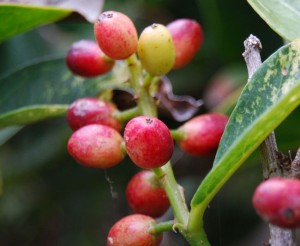 Picture 4 – Antidesma bunius Photo
Picture 4 – Antidesma bunius Photo
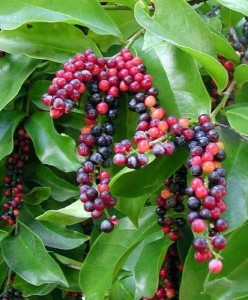 Picture 5 – Antidesma bunius Picture
Picture 5 – Antidesma bunius Picture
References:
http://dokmaidogma.wordpress.com/2011/08/01/fruits-of-bignay/
http://en.wikipedia.org/wiki/Antidesma_bunius
https://hort.purdue.edu/newcrop/morton/bignay_ars.html
http://stuartxchange.com/Bignay.html
https://www.nationaalherbarium.nl/Euphorbs/specA/Antidesma.htm
- by Shourini Banerjee
- March 13th 2012

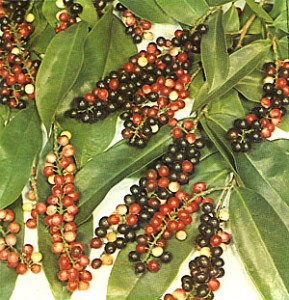
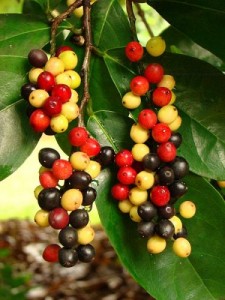
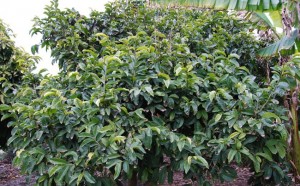
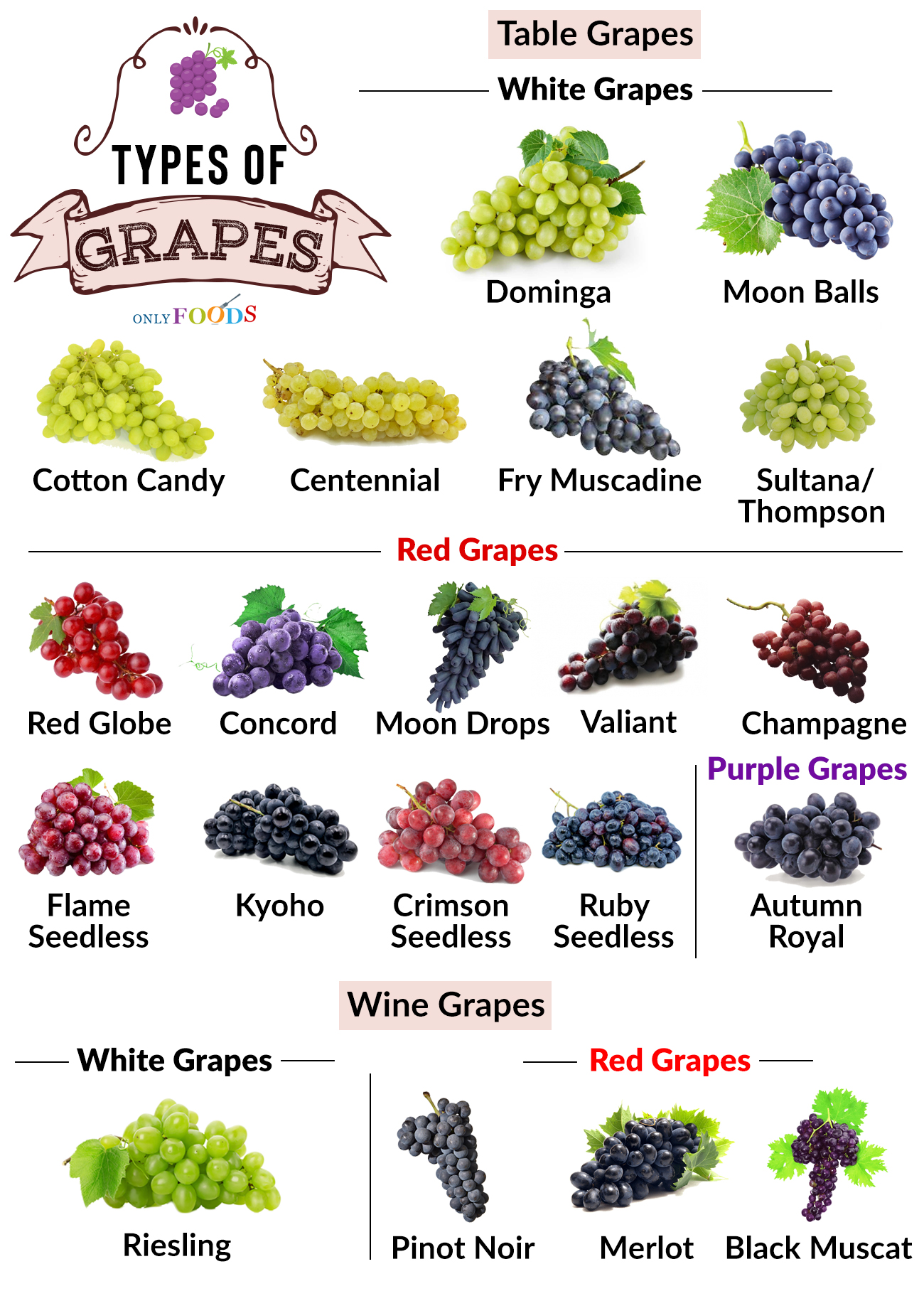
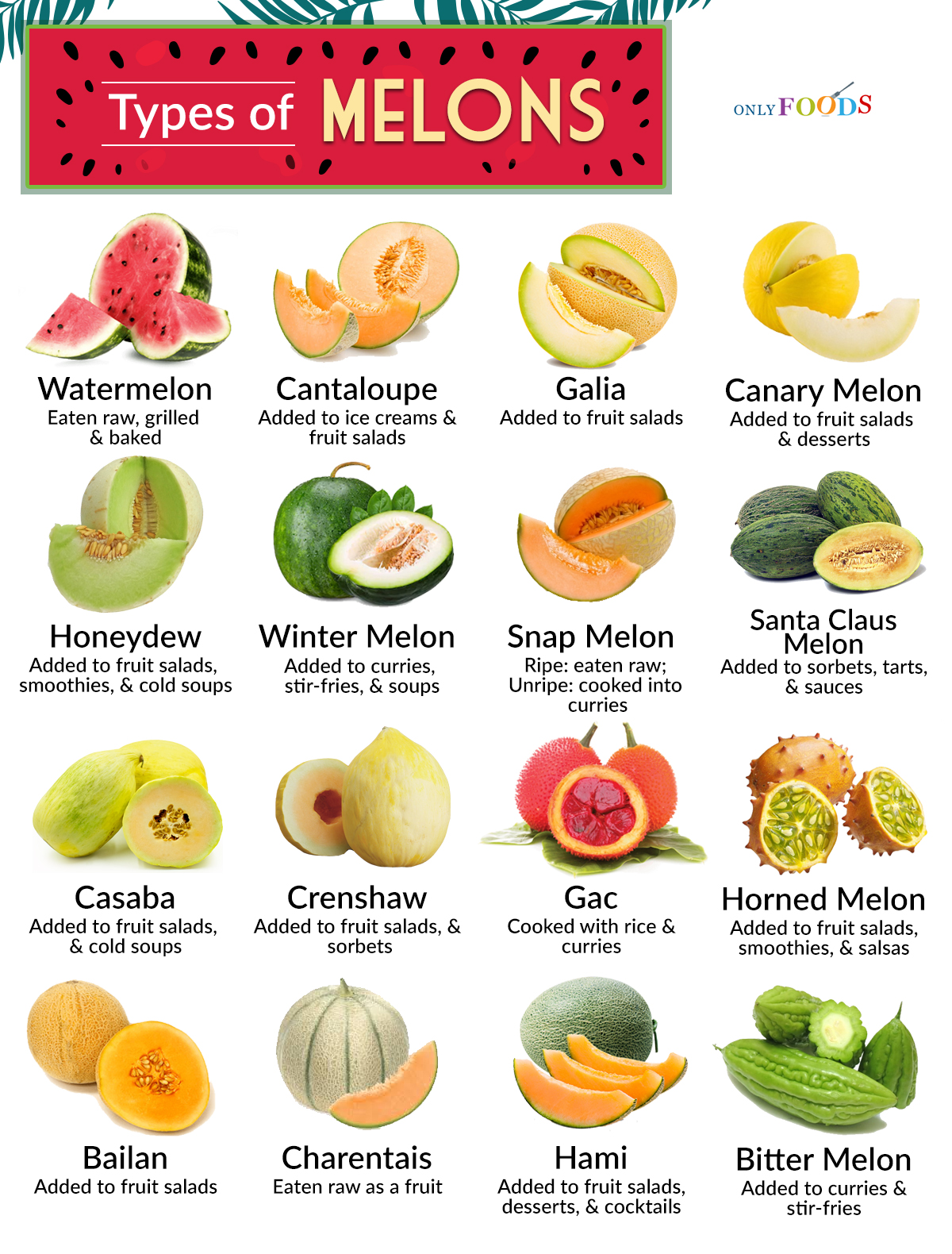
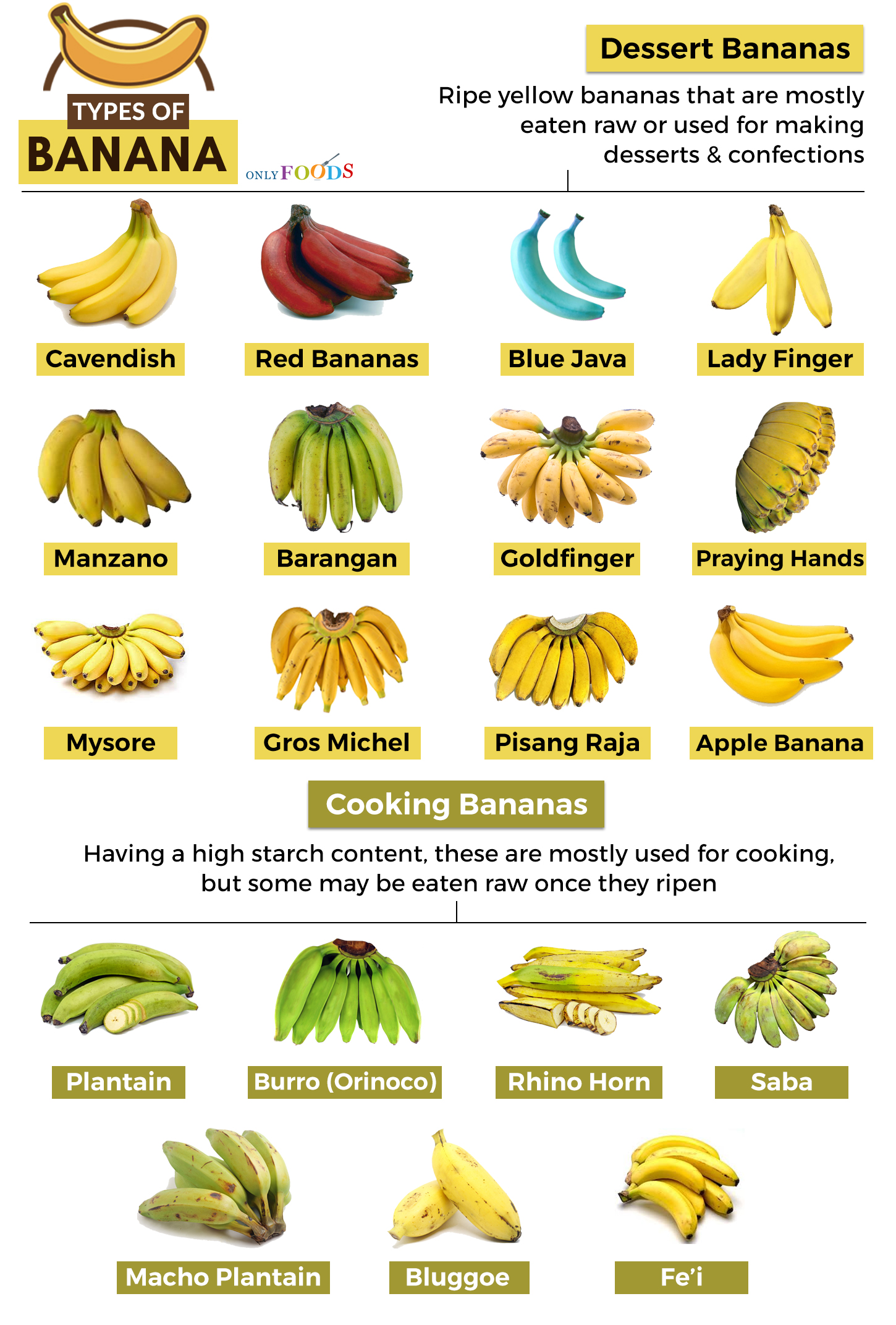
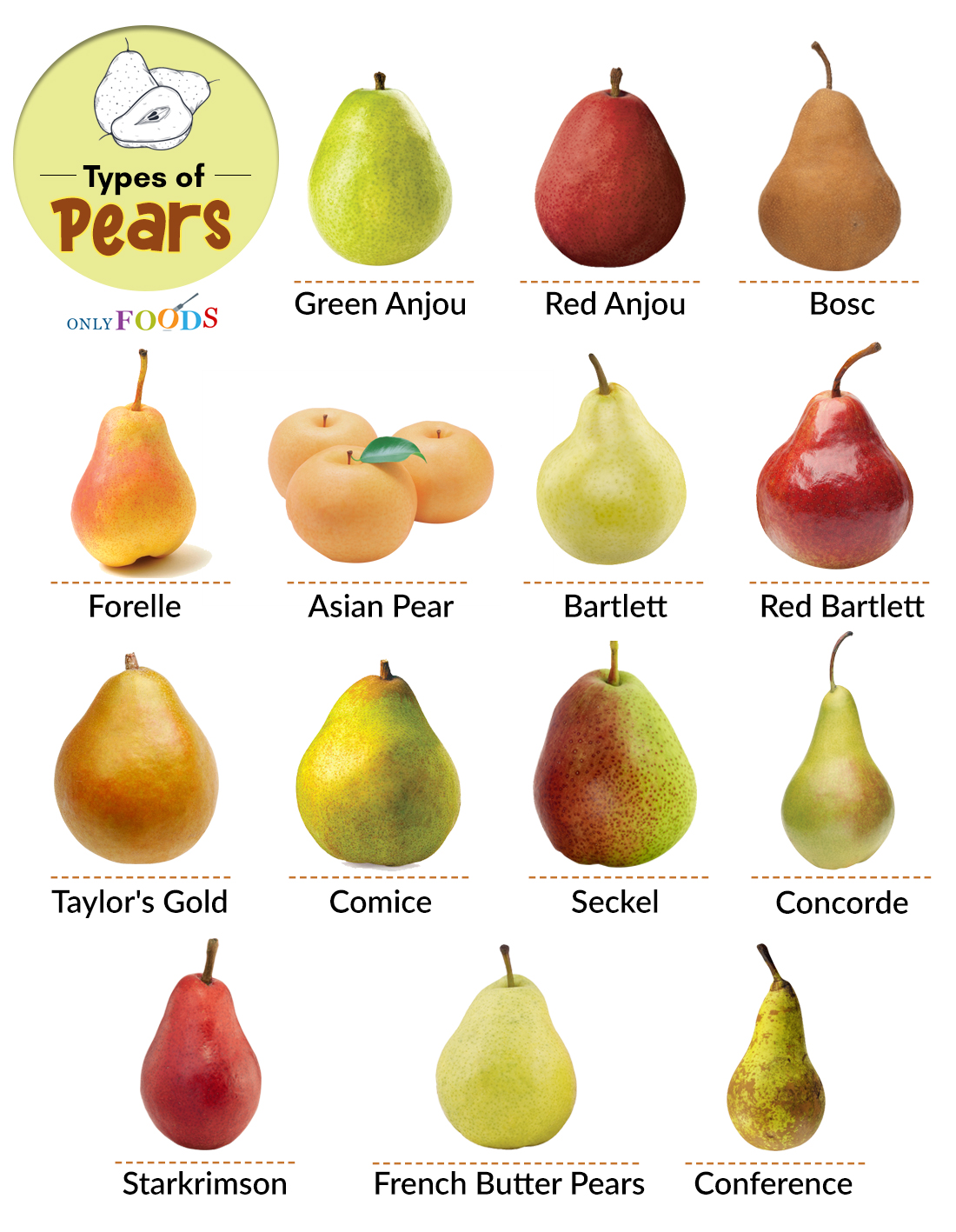















Leave a Reply